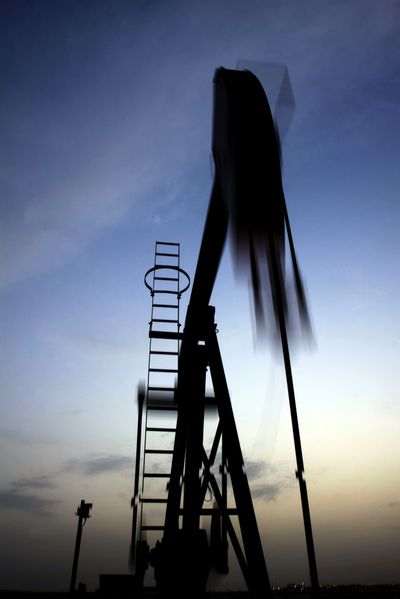Weather-related outages push gas prices upward

Average gas pump prices across the country rose to within a dime of $4 a gallon Friday, as weather-related refinery outages tightened supplies and pushed up prices.
The national average increased 2 cents, to nearly $3.91 a gallon for regular gasoline. That’s the highest level since July 31, 2008. Three years ago, as oil was on its way to a record $147 a barrel, the average price of gas was $3.61 on April 29. It hit $3.90 on May 24 and peaked at $4.11 on July 17 before heading down again.
At the current rate of increase, the national average for gas could reach $4 by May 8 or sooner. Drivers in nine states and the District of Columbia already pay $4 a gallon or more for gas, and the average in 13 states is between $3.90 and $4 a gallon. Analysts expect gas prices to start falling later in the month, as refineries increase production and more gas becomes available. Refineries have been operating at lower capacity in recent weeks because of seasonal maintenance and switching production to summer blends of gas.
A series of severe storms this week caused power outages that temporarily shut down seven refineries in Texas, Alabama and Pennsylvania. The shutdowns aren’t expected to last more than a few days, but 750,000 to 1 million barrels a day of production has been interrupted, according to Tom Kloza, publisher and chief oil analyst at Oil Price Information Service.
The affected refineries mostly ship product to the Southeast, Midwest and Gulf Coast states, Kloza said. That’s where motorists will probably see the biggest increases in pump prices over the next few days.
Economic data released Friday show gas prices are impacting consumer spending patterns. The Commerce Department reported that personal income rose 0.5 percent and consumer spending was up 0.6 percent in March.
“The increase in … spending was swallowed up by higher gasoline and food prices,” said IHS Global Insight economist Chris Christopher. “This report is good news since it shows that consumers are plowing ahead despite rising gasoline and food prices. The bad news is that consumer spending adjusted for inflation has lost the momentum it had in the last quarter of 2010,” he said.
Some economists think lower gas prices could encourage consumer spending in other areas, although the high unemployment rate will keep the economic recovery in low gear this year.
Oil and gasoline futures have risen about 35 percent since mid-February when uprisings broke out in Libya and other countries in the Middle East and North Africa.